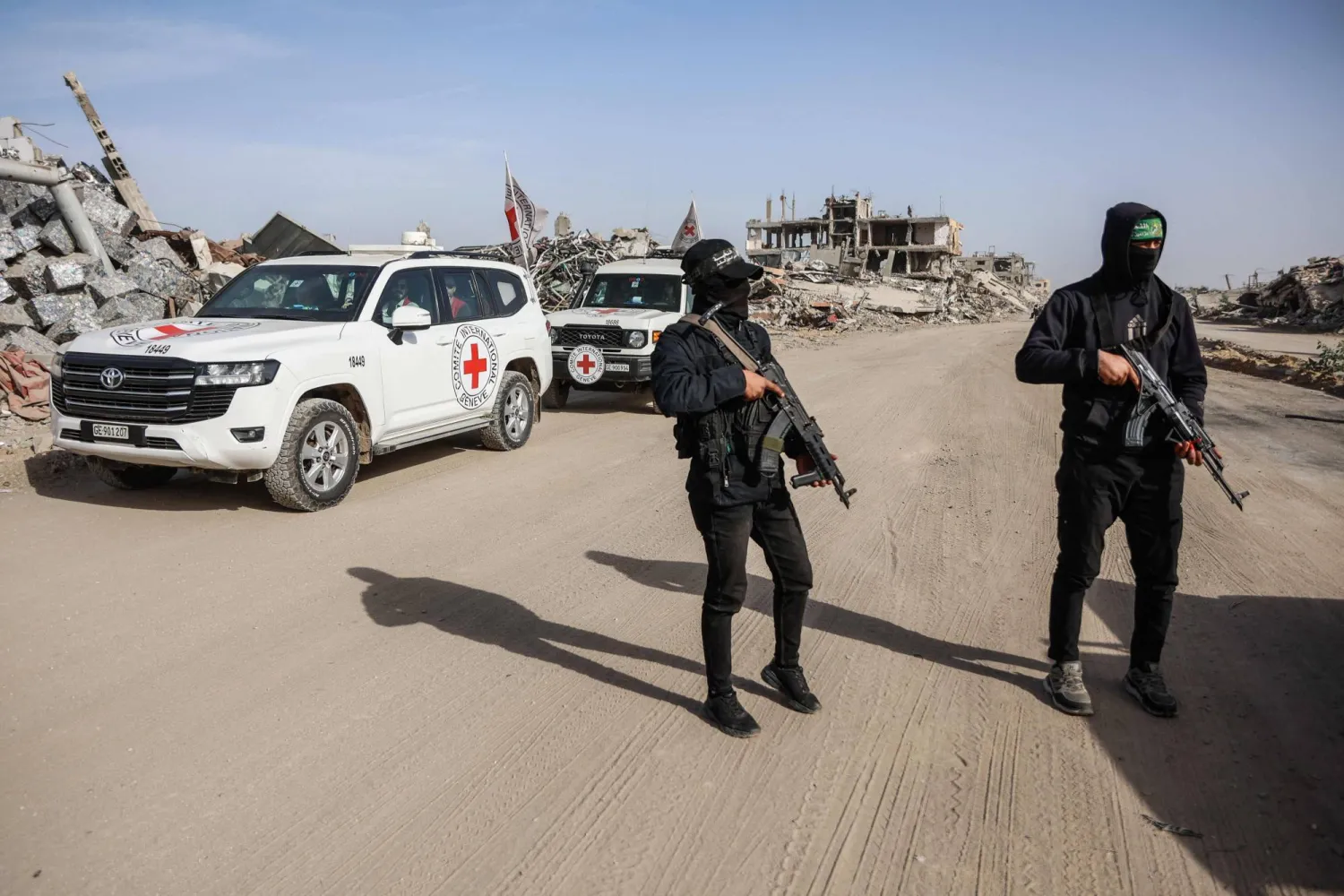The number of Arab university students has doubled in Israel over the last decade, jumping from 24,000 in 2008 to 51,000 this year, according to figures published by Israel's Higher Council for Education on Monday to mark the beginning of the new academic year.
The number of Arab students constitutes 18 percent of the total number of university students in Israel, which this year is 313,000.
There are 51,000 Arab university students in Israel this year, 61 percent of whom are females. However, this number does not include Arab university students from Palestinians of the 1948 territories, of which 10,000 are pursuing their education in Jordan and about 9000 in Palestinian universities.
Also, Arabs outperformed Jews in education performance, according to a source at the Higher Education Council.
The number of Arab students pursuing Master's degree has risen from 2,855 students, representing 4 percent of the total number of students in Israel in 2008, to 9,274 students last year, representing 14 percent.
Meanwhile, drop-out rate among Arabs is still higher than that of Jews, as Arab students find it difficult to blend in, learn Hebrew or even financially join schools, according to a study conducted by the Israeli Ministry of Finance.
Consequently, 14 percent of young people and 6 percent of females drop out of school and do not finish their education.
This difference is due to discrimination policy of Israel government towards Arabs, with the proportion of Arab high school graduates rising from 47 percent to 64 percent in 10 years, yet it is still far from the 80 percent of Jewish graduates.
The Higher Education Council pointed to two other phenomena that characterize university education in Israel in this period of time. First, students’ numbers in scientific and technological majors doubled, as opposed to traditional ones such as law and business education which fell by 25 percent in the last decade.
The second phenomenon is the increase of females students reaching 60 percent over males, in almost all subjects, and in all social strata; where female students on average 60 percent.









